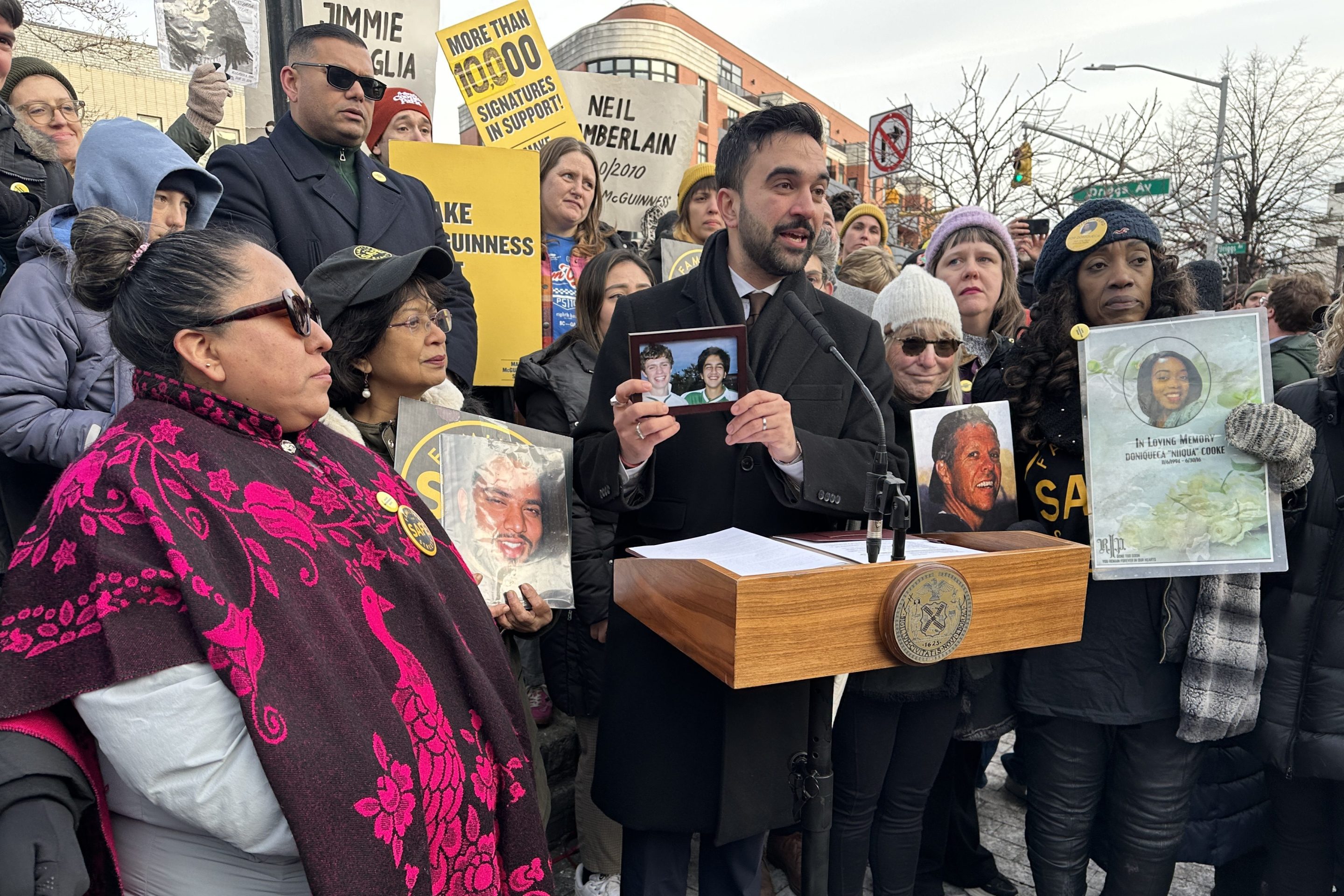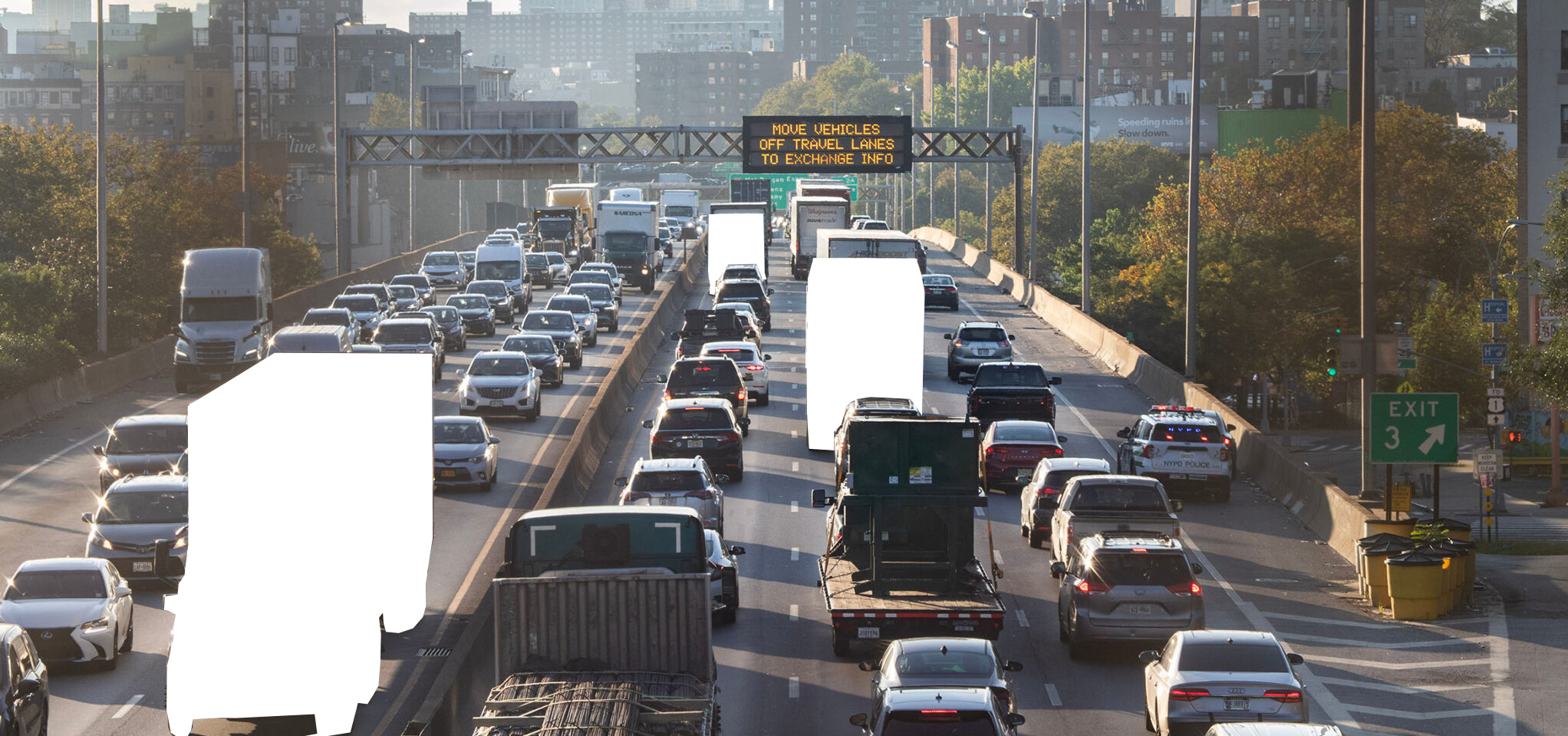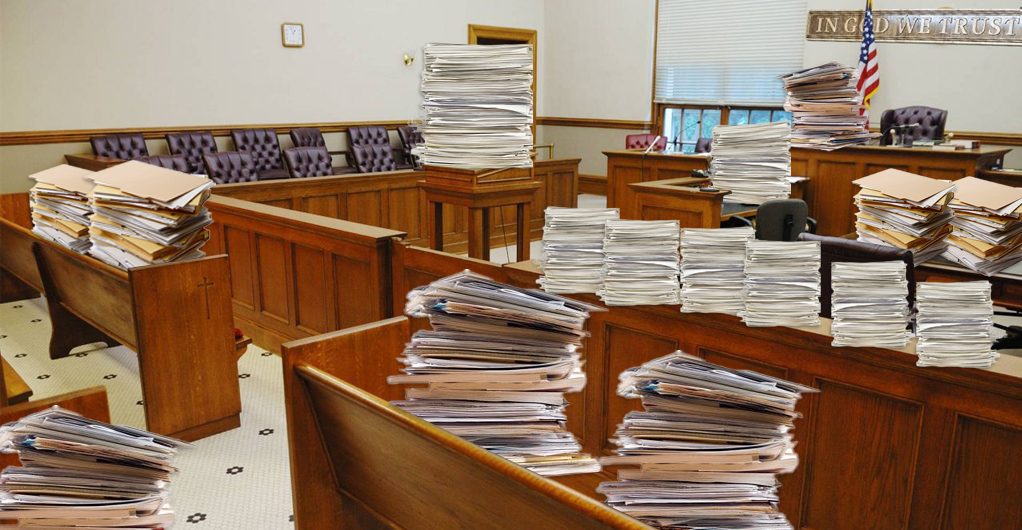More New Yorkers than ever are set to get on a bike this summer, but the Department of Parks and Recreation, which controls the city’s greenways, miles of bike lanes within Central and Prospect park, waterfront boardwalks, and other pockets of safe and reliable bike infrastructure, continues to discourage bike use.
The department kicked off the cycling season by announcing it would ban bikes from a large chunk of the Rockaway Boardwalk, that it would be closing a part of the Hudson River Greenway for yet another one-off sinkhole repair job, and that it would welcome vehicle traffic back into a Staten Island park where cyclists have been enjoying car-free bliss since the pandemic.
Any one of those individual news items would be a crisis, but the moves come after years of complaints from cyclists about the Parks Department's failure to maintain existing infrastructure, its lack of coordination with the Department of Transportation, and simply not treating its bike paths as important pieces of the city’s safe cycling network.
“[The Parks Department] never seems to understand that the trails in the parks are often used by people on bikes because it's the safest possible place to ride. There's no cars and it's the cars that make cycling dangerous,” said Corey Hannigan, the Active Transportation Program Manager at Tri-State Transportation Campaign. “We have this huge network of linear parks in New York City that people clearly want to use. And it's almost like Parks is making it harder and harder to use them.”
Ban on the boardwalk
Last week, the Parks Department announced that cyclists won't be able to enjoy oceanside riding on a safe 35-block stretch of the Rockaway Beach Boardwalk, a popular destination for all ages, including kids learning to bike. Instead, cyclists will be detoured to an often-blocked two-way protected bike lane on Shore Front Parkway.
Locals were surprised by this sudden reversal of policy, and Council Member Selvena Brooks-Powers (D-Rockaways) used some time at an unrelated Council hearing to press the Department of Transportation about its sister agency's anti-bike move.
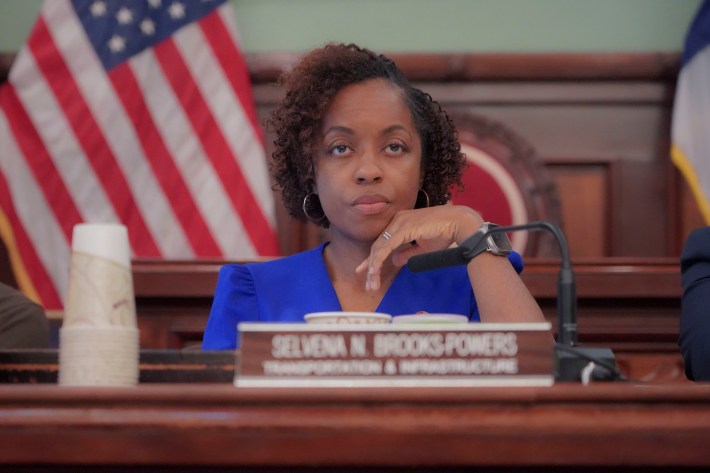
“The community was caught off guard,” she said. “One particular comment that came to my office stood out to me. It was about the children that take advantage of biking on the boardwalk and they learn how to ride a bike. We’re now shifting them into the street. While some of [the bike lane] is fully protected, it’s a lot safer for them on the boardwalk.”
The Parks Department said its bike ban would reduce conflicts between pedestrians and cyclists — but the agency declined to provide any evidence that conflicts or crashes are an issue. According to city data, there have been no reported crashes on that section of the boardwalk. A Parks representative said that crashes between pedestrians and cyclists are often not reported.
“To make sure the boardwalk is safe and accessible for all users, we’re establishing pedestrian-only hours on the busiest stretches of the boardwalk, during the busiest parts of the day,” agency spokesperson Chris Clark said in a statement.
Experts said the ban would punish all cyclists for the alleged misbehavior of a number of riders that the Parks Department would not even quantify.
“Our inability to deal with bad actors or the conflict between users, results in [Parks] using the the broadest, bluntest tool possible,” said Hannigan. “The boardwalk is essentially a greenway for people in those communities and they've been relying on this boardwalk to get around for a long time. If people are riding too fast on the boardwalk, deal with that problem. It doesn't seem like it's really considering who's going to be affected by [the ban], which is seniors and children.”
In the Facebook group, Friends of Rockaway Beach, those who enjoy cycling on the Boardwalk every summer are expressing their outrage.
"How about just enforcing the current bike lane rules? Not all need to suffer because of a few. When we as a community were planning the new boardwalk, the OVERWHELMING amount of residents requested biking on the boardwalk, so a bike lane was designated," said Glenn DiResto.
Another resident called the ban "ridiculous."
"This needs to be fought," commented Jennifer Fleisher-Larsen. "In all the years I have been in Rockaway ... biking has never been an issue."
Others said that the re-route to Shore Front Parkway would actually be dangerous for cyclists and beachgoers getting dropped off.
"Ironically, I think this is going to wind up causing more accidents [sic] than preventing them," commented Katie Mc. "It is more dangerous for bikers to be in the bike lane on Shore Front because people are constantly parking their cars in [the bike lane] to unload people, and people are constantly walking or crossing into that bike lane to get to the boardwalk. People are going to get hurt."
Rockaway residents are planning a rally to “Stop the Summer Bike Ban” on the Beach 94th Boardwalk at 4:30 p.m. this Saturday, April 26.
When parks are the only safe option
The Parks Department — whose full name has the word "recreation" in it — maintains the city’s only truly car-free, truly safe cycling infrastructure, all of which is an important part of the cycling network. The boardwalk ban is just one recent example of the Parks Department neglecting the most vulnerable cyclists.
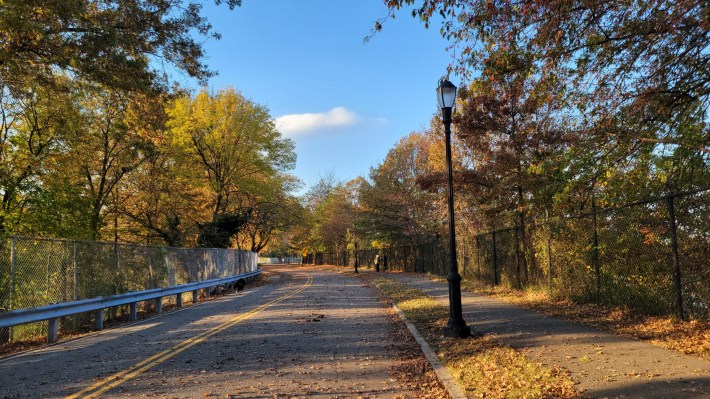
Cars have been banned in Silver Lake Park on Staten Island since the early days of the pandemic. But after an attempted rape occurred inside the park in early April, car-first District Attorney Mike McMahon argued that bringing back car drivers would make the park safer (ignoring that cars themselves are a major safety issue).
Residents took issue with McMahon’s framing, saying that allowing cars back into the park will hurt public safety, not help it.
“Having the road closed to cars has made it safer and more enjoyable for children to bike, skate, or simply be children, and others to run, walk, bike, or wind down,” said Staten Island resident Andrea Morse.
Traffic violence is a serious safety issue on Staten Island, where there were 4,727 reported crashes in 2024, or roughly 13 per day. Those crashes injured 2,413 people and killed 14, more than one death a month, according to Crash Mapper. Meanwhile, there were 33 crashes on Silver Lake Park Road between 2012-2015, when it was regularly open, and none since it has been closed to cars.
Nonetheless, the Parks Department is siding with McMahon — and moving with a rapidity that is the inverse of the city's normally time-consuming process for adding cycling infrastructure.
Meanwhile, uptown the Hudson River Greenway is the only North-South protected bike infrastructure north of 110th street on Manhattan’s West Side. But the path is caught up in a lengthy drama of failing infrastructure that closes the greenway time and again to the cyclists that rely on it.
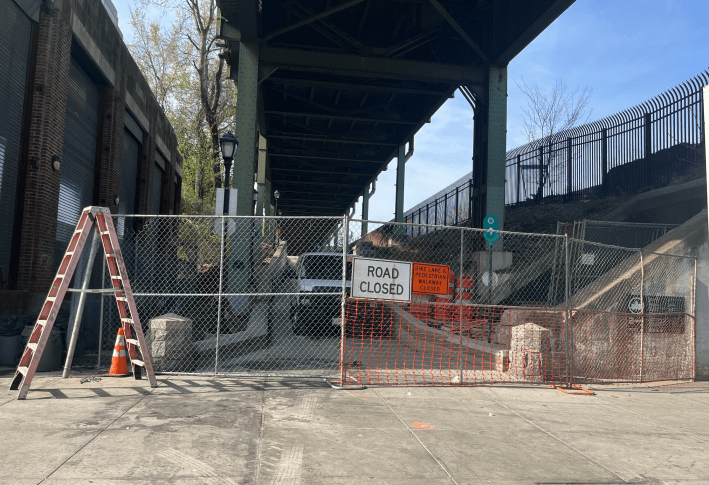
Starting this week the greenway will be closed — for the third time in two years — between 181st Street and Dyckman Street for sinkhole repairs. During such repairs, cyclists are routed off the idyllic car-free path and onto sketchy detours, in this case Broadway, which has no protected cycling infrastructure.
In the last five years, there have been 179 total crashes on that small stretch of Broadway injuring 41 cyclists and 45 pedestrians, according to Crash Mapper. The DOT did not respond to Streetsblog’s questions about whether or not it coordinated with Parks to create this detour.
The persistent sinkhole issues are due to major structural problems on the greenway. In March, Parks initiated a 12-month Capital Project Scoping Development study to explore engineering fixes to eliminate future sinkholes, according to a Parks representative. But advocates and greenway users want to see a safe alternate route.
Some have suggested turning a lane of the nearby Henry Hudson Parkway into a two-way protected bike lane, which the department shut down. And others saw hope in the "Little Red Lighthouse route" which would turn an existing waterfront path into another bike lane connecting to the famed lighthouse under the George Washington Bridge. The Parks Department applied for federal funding to study this route, but lost, according to the Greenway Alliance.
Allegra LeGrande, a bike commuter who uses the Hudson River Greenway to get from her Inwood home to Upper Manhattan every day told Streetsblog it’s just not worth the risk to bike on the unprotected route.
“There is something fundamentally broken in our system that you can speak to people at DOT who are sympathetic, you can speak to people at Parks who are sympathetic, and yet there is no amount of empathy that will overcome the bureaucratic burden of actually coordinating a safe detour,” she said.
To her, the lack of what planners call “redundancy,” or multiple safe routes in the same direction, is what makes this all the more frustrating.
“Roads break and have to get repaired. But part of having resiliency is having redundancy,” said LeGrande.
Cutting across the park
This lack of redundancy affects a lot of the New York City bike network, especially in places where parks become key routes. In Manhattan, Central Park’s cyclist-friendly loop which is completely car-free – has become a vital cut through for commuters and delivery workers in addition to those who use it purely for recreation. For years, advocates have been asking for more cross town bike access through the park. But progress has been glacial.
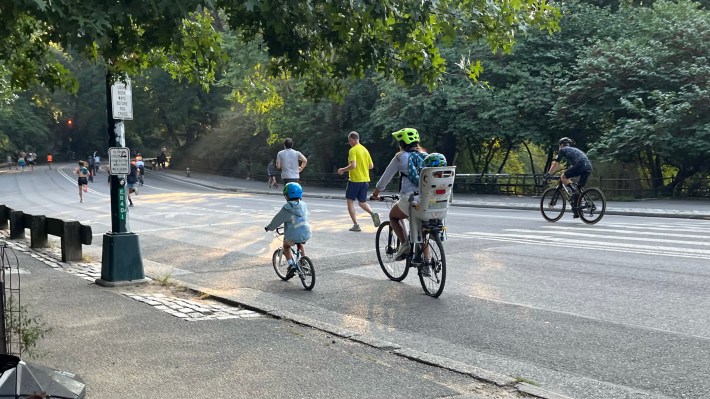
“It does seem like the Parks Department still views parks as spaces of passive recreation and has been slow to come around to the reality that people not only access these spaces of recreation on bikes, but use them for transportation,” said Carl Mahaney, the executive director of Streetopia Upper West Side.
Mahaney said that it’s taken years of advocacy to get the Parks Department and the Central Park Conservancy to even acknowledge the need for more east-west crossings for cyclists. At the end of last year the conservancy released a study which endorsed the idea of adding protected bike lanes to the park’s crosstown transverses on 66th, 79th, 86th and 96th streets.
“When we approach the conservancy or the Parks Department with bike related issues, it really doesn't feel like a high priority,” said Mahaney.
The root of the problem
The Parks Department has simply failed to maintain the infrastructure it controls. Whether its the protected bike lane on Ocean Parkway or the greenways along the waterfront, it's crumbling.
And these Parks bike lanes become more important when City Hall fails to provide a multitude of safe cycling options elsewhere, further magnifying the deteriorating condition and putting more stress on the infrastructure.
Ocean Parkway is the poster child for the breakdown of maintenance. Multiple sections of the first bike path in city history look like they haven’t been paved since the 1894 historic opening. The southern piece of Flatbush Avenue south of Avenue V and the Bronx's Pelham Parkway are other areas where maintenance is a constant issue.
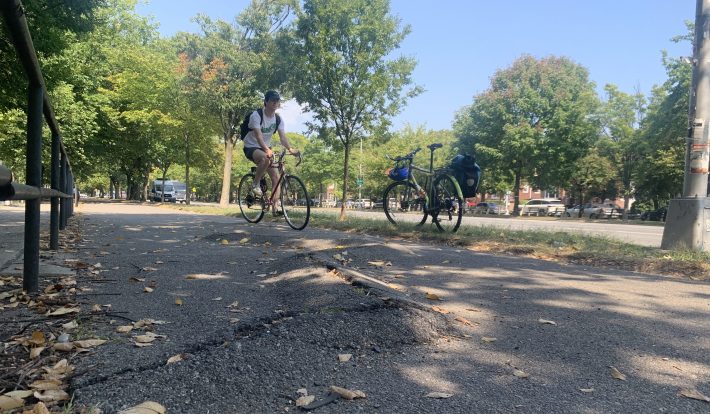
In fairness...
Part of this is by design. The Parks Department was started for recreational purposes. The “pillars” of the agency’s mission are “Nature and Environment, Equity, Cleanliness and Safety, Health and Wellness, People and Culture,” not transportation. This is reflected in policy.
“It has a lot to do with the history of how these departments, you know, started, and what their missions are, and how funding is allocated … just in the name alone, you can see kind of where the bias is,” said Hannigan. “For a lot of parks departments, it's very recent that they've been asked to see themselves as part of the transportation network.”
The Parks Department is also notoriously underfunded. Last year, the department got $618 million of the city's $112.43 billion budget, or about one-half of one percent. As a result, the agency relies mostly on outside grants and discretionary funding from local Council members, many of whom are not friendly to people who use a bike instead of a car for transportation. And unlike the Department of Transportation, the Parks Department has to hire outside contractors for repaving. With greenways, while the majority are controlled by the Parks Department, the linear parks run through land under the jurisdiction of different agencies (which is why it’s hard to even keep trees alive).
“The East Coast Greenway in New York goes through Parks Department properties, DOT properties, Economic Development Corporation properties, and all of these agencies have very different capacities and very different expertise,” said Sofia Barandiaran, the New York/ New Jersey greenway manager for the East Coast Greenway Alliance. “I think they all want to do a good job, especially at the staff level. But [the agencies] definitely have different levels of support. And in general City Hall right now has not been super supportive of biking and walking stuff, nor very able to complete projects and plans in a timely manner.”
Changing the structure
Some advocates have been pushing to change the way bike infrastructure within Parks is classified and maintained, focusing on improving coordination and allowing each different agency to do what it’s good at.
In a 2023 open letter to then-Deputy Mayor for Operations Meera Joshi, several advocacy groups called for a shifting of responsibilities. DOT, they argued, should take over all road maintenance for Parks, including on the greenways. The letter went unanswered.
"We are essentially suggesting assignment of agency roles to greenways on less of a territorial basis and more according to function," the advocates wrote. DOT would handle asphalt and concrete surfaces, Parks would manage greenery/plant stewardship, Sanitation would remove snow, ice and, and trash.
Reps from the Parks Department will be at the Community Board 14 Parks Committee meeting at 5:30 p.m. at the Coastal Community Center (190 Beach 44th Street) on Thursday and at the Rockaway Beach Civic Meeting at the Knights (333 Beach 90th St.) at 7 p.m. on Thursday, May 1.




